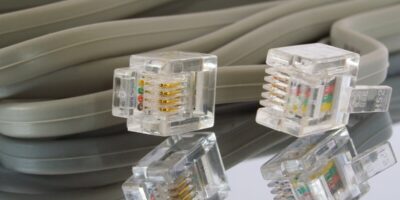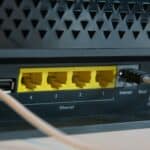Trojan viruses remain one of the more infamous cyber threats that torment individuals and businesses, even in this digital age where attackers use cutting-edge threats. One of the best ways to protect yourself against these threats is using a trojan scanner, which helps you identify and remove any trojan malware that exists before it cripples your computer. This post will explore what trojan scanners are, how they work, and why these tools are necessary.

What Is a Trojan Scanner?
A trojan scanner is a type of special software that can find and delete trojan viruses from computer systems. Unlike traditional viruses, Trojans pretend to be real software or files that deceive users into installing them. After they are actuated, they can imperil intelligence classifications, affect system processes, and even supply hackers with unfettered access to systems. Trojan scanners have sophisticated algorithms and methods for scanning files and system behaviours to track hidden threats.
How Do Trojan Scanners Work?
Detection methods used to track down and eliminate malware are what a Trojan scanner scans for. Here are a few of the fundamental mechanisms:
Signature-Based Detection
Signature-based methods involve scanning files and software for specific signatures associated with trojans and malware, which can be time-consuming. This type of approach is very useful for capturing known threats; however, an attacker can change or completely redesign the variants that evade signature matching in a database. Signature-based detection is a great asset; however, it comes with limitations, and supplementary techniques could be used to guarantee protection from unknown or future threats.
Heuristic Analysis
Heuristic analysis examines the depth of software signatures and their activity with a number of files in operation. This way, unusual behaviour, essentially system file spoiling, personal information access without permission, and unidentified net traffic are observed. Heuristic analysis is a pattern recognition method allowing heuristic analysis to predict new very recently developed or modified trojans, as such, are not listed on the blocklist, which makes it easier for early-stage detection of emerging threats before they can damage much.
Behavioural Analysis
Behavioural analysis is a method that shifts the focus from known signatures to the actual behavior of a program as it runs on your computer. If an application performs actions that seem suspicious, such as sending large amounts of data to China or encrypting files on your hard drive without permission, the trojan scanner flags it as potentially harmful. This approach allows the system to act accordingly, such as by quarantining the application or alerting the user to the presence of malware and trojans.
Cloud-Based Detection
Several politer (in some ways)’modern’ trojan scanner techniques detect the cloud, sending data from your system to a remote server for analysis. This way, the scanner can look up the file in a massive database of thousands or millions (or more) of known malware types. The definitions database is regularly updated with new threats as soon as security researchers find them.
Importance of Using a Trojan Scanner
Protects Sensitive Information
Trojans are miniature cybercriminals who can steal various personal information (home address, phone number) and financial data (credit card numbers, login IDs). A trojan scanner can search out and destroy these creatures before they get close to your precious data.
Prevents Unauthorised Access
Trojans are backdoors to your system, allowing hackers to access your device remotely. If the wrong hands have it, this access can lead to data theft, further malware installation, or manipulation of your system. Trojan scanners can detect and block these backdoors to prevent unauthorised access to the system.
Real-Time Protection
Other than that, modern trojan scanners provide real-time protection—they scan your files on the fly while you work with them. It is essential to stop trojans before installing or executing them in the natural environment.
Key Features to Look for in a Trojan Scanner
Here are some of the features to consider when you use it for choosing a trojan scanner that should ensure maximum possible protection:
Comprehensive Malware Detection
Always choose a scanner capable of detecting more than just trojans, from viruses and spyware to ransomware and even rootkits. With security, the more layers you have, the stronger the overall protection.
Automatic Updates
The cybersecurity landscape is constantly changing; new threats arise daily. An advanced trojan scanner automatically updates its malware database to stay current with new threats.
User-Friendly Interface
Both beginners and experienced users need a user-friendly interface. It should also be easy to navigate with simple call-in and call-out options, configuring settings, etc., based on your requirements.
Lightweight Performance
When a trojan scanner takes up more of your system’s resources, it can slow down your computer’s ability. Find one that affords strong protection without slowing your system.
Conclusion
Trojan scanners are an essential foundation of your overall cybersecurity strategy, shielding your system from malware that can compromise data, render files unusable, or offer a sterile path to cybernetic serial killers. This is where having a solid understanding of what trojan scanners do and how they function makes it simple to identify the best feature for this crucial digital lifesaver. It is not just about safeguarding your data when you invest in a robust trojan scanner—it is also about keeping yourself at ease in an ever-connected world.
Meta Description: Protect your system from cyber threats with a trojan scanner. Learn how these tools detect malware, key features to look for, and top options available today.








